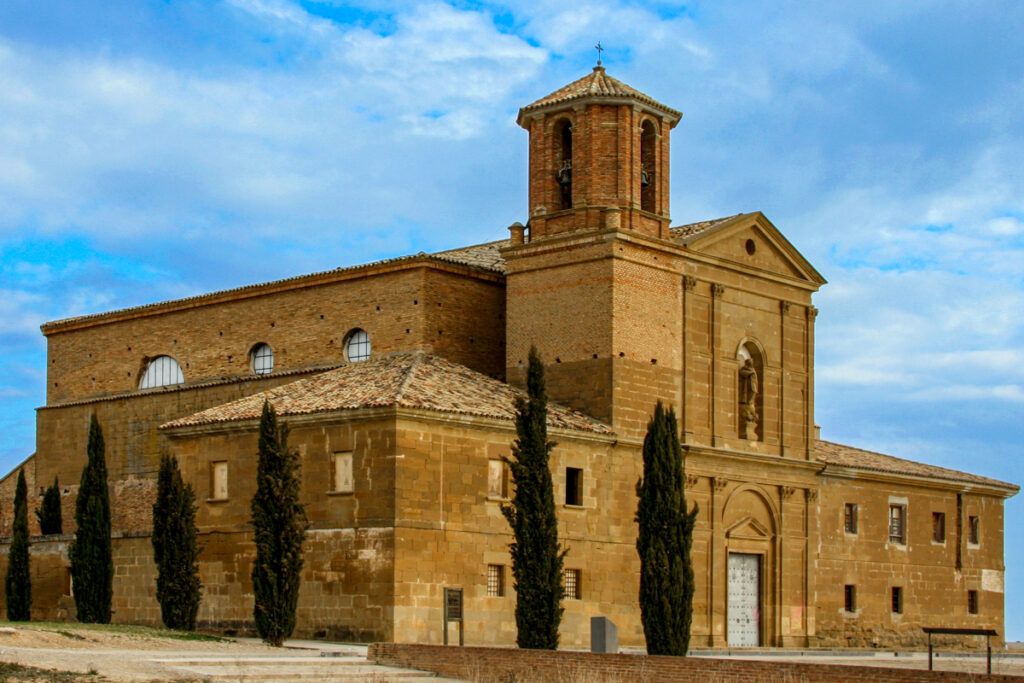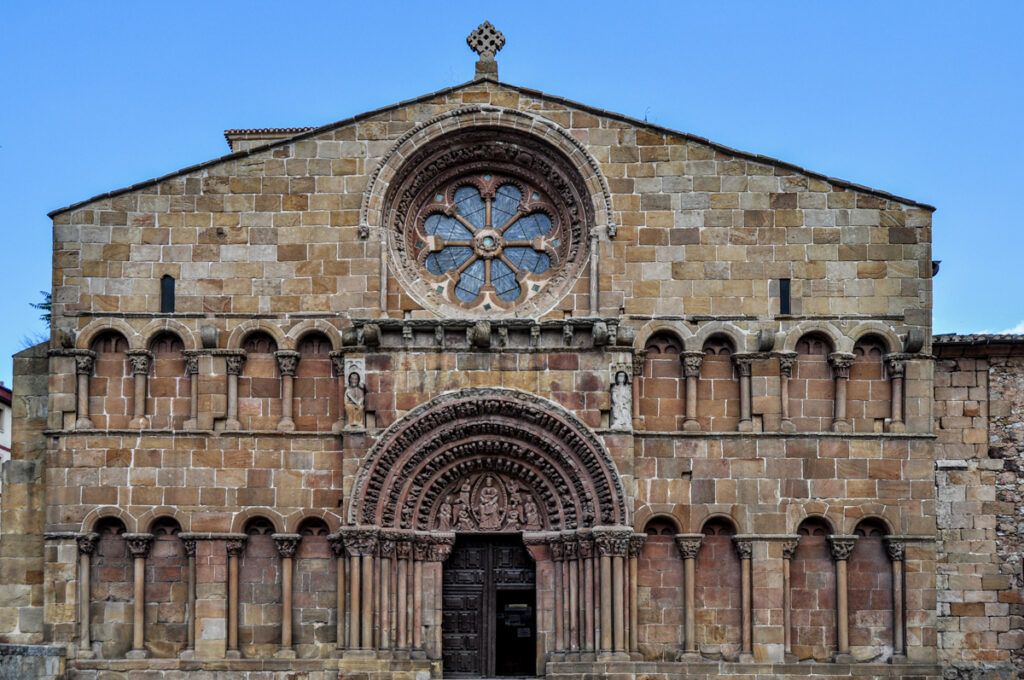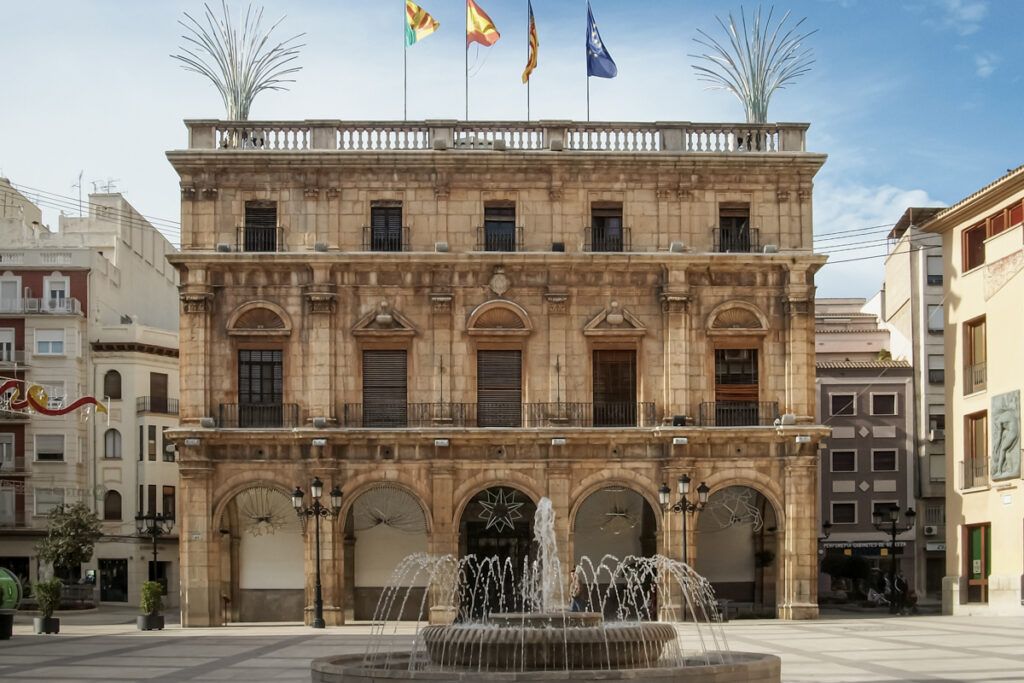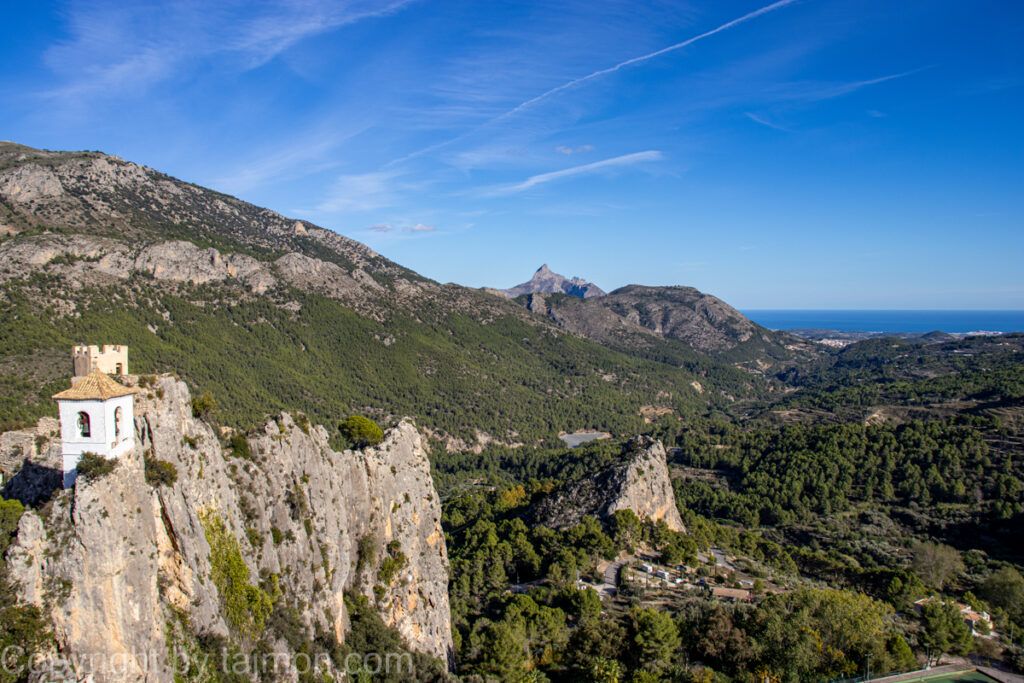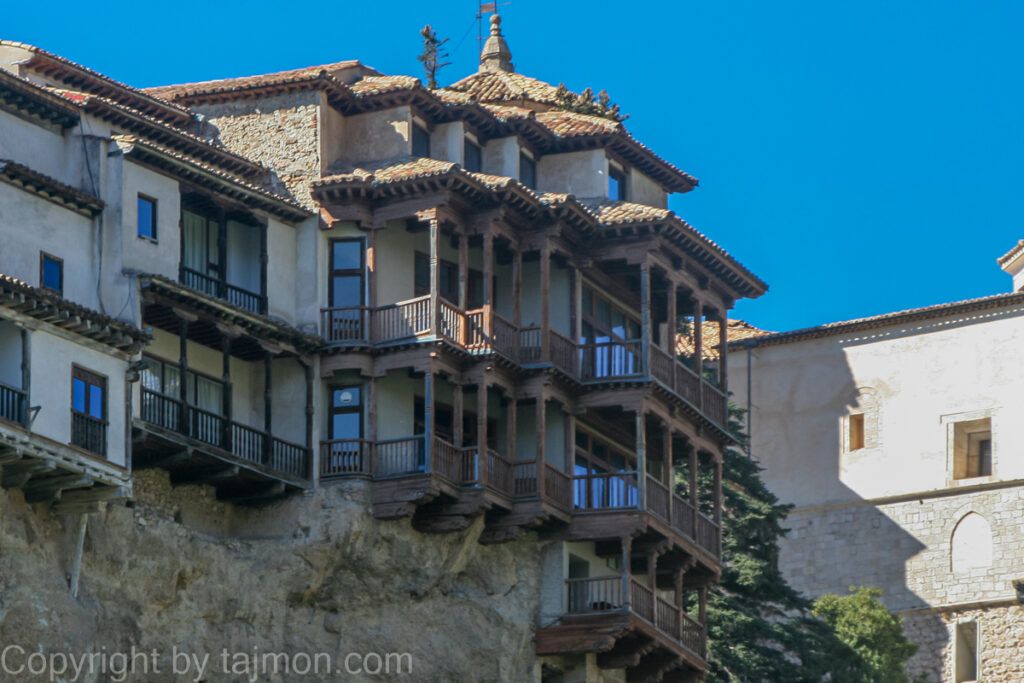Church of San Esteban in Segovia
One of the most characteristic monuments of Segovia is the Iglesia de San Esteban, or the Church of St. Stephen. It is a Romanesque-style temple, built in the 12th century, which stands out for its slender tower, considered the most beautiful in all Romanesque architecture. This tower is over 50 meters high and is topped with a metal rooster, which serves as a weather vane. Before the tower lost its baroque helmet that crowned it, it was the highest Romanesque bell tower on the Iberian Peninsula.
The Church of St. Stephen is located in the square of the same name, near the Casa Museo de Antonio Machado, which we described in the previous section. The church has three naves and three apses, the middle one is decorated with a frieze of arcades.
Outside the church, you can admire the portico gallery, which occupies the western and southern side of the building. This gallery consists of ten arches, supported by columns with granite shafts and stone capitals. These capitals are decorated with carved scenes from the life of Christ, saints, and animals. Some of them are very damaged by the action of atmospheric factors and pollution.
The interior of the church was rebuilt in the 18th century, after a fire that destroyed part of the original construction. It currently has a baroque character, with rich altars and vaults. It is worth paying attention to the main altar, which is a masterpiece of Gothic sculpture and painting from the 15th century. It depicts scenes from the life of Jesus and Mary, as well as figures of saints and angels. The church also has historical organs, which are one of the most important in the region. They were built in the 18th century and have rich decoration and impressive sound.
The Church of St. Stephen is not only an architectural monument but also a witness to many historical events that took place in Segovia. Here were held gatherings of the nobility, here many important personalities were buried and relics of saints were kept. In the church, you can see a magnificent “Calvary” from the 13th century, which comes from the destroyed church of St. James. On this crucifix, you can see how Christ has one hand detached, which refers to the legend of the “Good judge, better witness” of the famous writer José Zorrilla.
Return to the table of contents of the Segovia guide >>>>>>>>>>

